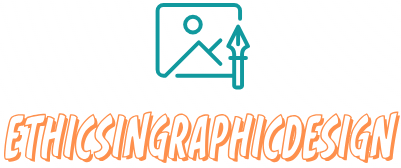How to Des
Designing an effective marketing brochure can be a powerful tool to showcase your products, services, or brand. Here are some steps to help you create an impactful marketing brochure:
- Define your objective: Clarify the purpose of your brochure. Is it to generate leads, provide information, promote a new product, or build brand awareness? Having a clear objective will guide your design decisions.
- Define your target audience: Identify your target audience and understand their needs, preferences, and interests. Tailor your brochure design, tone, and content to resonate with your intended audience.
- Develop a compelling headline and tagline: Create a strong headline and tagline that grabs attention and communicates the value proposition. Make it concise, memorable, and impactful. It should entice readers to explore further.
- Organize content logically: Structure your brochure in a clear and logical manner. Use sections or headings to divide information into easily digestible sections. Start with an attention-grabbing introduction, followed by key features and benefits, testimonials, and a call-to-action.
- Use high-quality visuals: Incorporate visually appealing and high-resolution images that are relevant to your product or service. Use professional photographs, graphics, and illustrations to enhance the aesthetic appeal and support your messaging.
- Employ consistent branding: Ensure your brochure aligns with your brand identity, including your logo, color scheme, fonts, and overall style. Consistent branding builds brand recognition and trust.
- Utilize persuasive content: Craft persuasive and concise content that highlights the key features and benefits of your offering. Use clear, straightforward language and focus on addressing customer pain points and explaining how your product or service solves them.
- Include compelling testimonials or case studies: Integrating testimonials or case studies from satisfied customers can boost credibility and trust. Include quotes, ratings, or success stories to showcase positive experiences and build confidence in your offerings.
- Use attention-grabbing headlines and subheadings: Capture readers’ attention with catchy headlines and subheadings. Make them bold and easy to read, drawing attention to key points and making it easy for readers to skim the content.
- Provide a clear call-to-action: Clearly state what action you want readers to take after reading the brochure. Whether it’s visiting your website, contacting you, making a purchase, or signing up for a trial, include a strong and straightforward call-to-action that motivates readers to act.
- Optimize for readability: Use a clean and legible font size and type. Ensure there is enough white space for text and images to breathe, making it easier for readers to navigate and understand the content. Use bullet points, lists, and short paragraphs for easy scanning.
- Print and distribute professionally: Choose high-quality paper and printing techniques to give your brochure a professional look and feel. If distributing physically, strategically place them in relevant locations like reception areas, trade shows, or community centers. If distributing digitally, consider creating a PDF version for easy sharing.
Remember, an effective marketing brochure should be visually appealing, informative, persuasive, and well-targeted to your audience. Regularly review and update your brochure to reflect any changes in your offerings or brand messaging.



